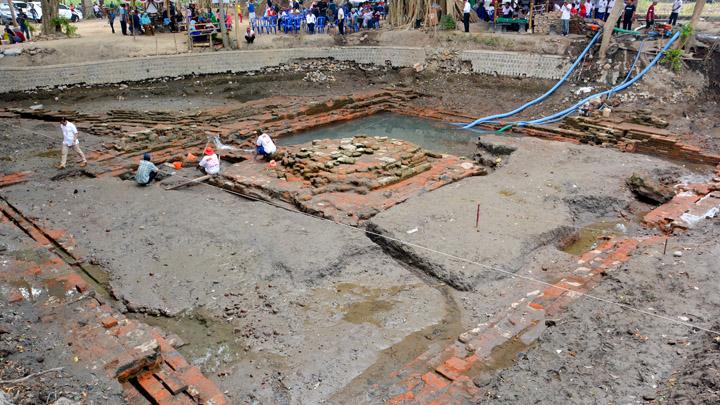
TEMPO.CO, Jakarta - Edrianto's new job involves looking after visitors at the Sungai Buluh Forest in West Sumatra. The 33yearold spends his days guiding groups of visitors on a 30minute trek up a steep rocky hill towards the main attraction at the peak a tree house.
He believes the stunning view of Padang, the provincial capital, and the ocean from the top of the hill is worth the strenuous hike. "[The view] also keeps visitors coming," said Edrianto.
The 1,336hectare forest had only become a popular point for tourists in midOctober, 2016, when a house on top of a big tree, called Kayu Manang, was completed.
When the opportunity came to be a tour guide, Edrianto put his rubber plantation on hold because he was curious about how the new tourism initiative would develop. "I just wanted to try and see what it was like. See if it's good," he told Tempo English three weeks ago.
Visitors are able to climb up to a platform and cross a quaint wooden rope bridge to enter the tree house, which overlooks a scenic view. One of Edrianto's tasks is to monitor the visitors, because only a certain number of people can enter the tree house at a time.
When Edrianto was still working on his rubber plantation, he would spend two days cutting trees and one day gathering his harvest to sell. He earned Rp3 million a month. But due to intensifying competition and the decline in global rubber prices, his income had become significantly reduced. Edrianto wanted to try something new.
In fact, he does not earn much more today than he did as a rubber farmer. In his first month as a tour guide, Edrianto took home less than Rp1 million. Nevertheless, he is hopeful he will earn more as the ecotourism site gains popularity.
"I see a future in this. There is potential to promote and protect the forest at the same time," he said. Edrianto plans to stick around and help the ecotourism site develop.
Matroni, 21, also enjoys his work as a tour guide. After completing high school in 2013, he was jobless for three years. Unable to afford higher education, he spent most of his time in leisure, occasionally helping his parents to harvest rubber sap.
Today, tourguiding has given his life new meaning. "It's interesting to work and look after our village, all at the same time," he said.
Each day he would take up to three groups of around seven people to visit the tree house. Because of his photography skills, he has also often designated the task of taking photos for his guests.
Now he can make up to Rp100,000 per day. Martoni earned Rp3 million during his first month on the job, which he used to support his parents and three younger siblings. While the money he makes now may not be enough to support his family of six, it is nonetheless an improvement. "I've gone from having no money to having [a little] money," he said.
"The village also gets crowded now, so it's not so quiet," Matroni added. He hopes the tourism site will develop to offer more activities for tourists. For example, he thinks a swimming pool should be made available for visitors.
In the near future, Matroni said he plans to study tourist management to help spread the word and develop the newly opened ecotourism site. He wants people to know Sungai Buluh for its scenery, history and traditional delicacies such as ikan balado (spicy fish).
Most importantly, he wants people from other regions to get to know his community. "The people of Sungai Buluh are kindhearted," he said. (*)
Read more inspiring Outreach stories in Tempo English Weekly News Magazine























